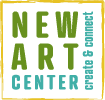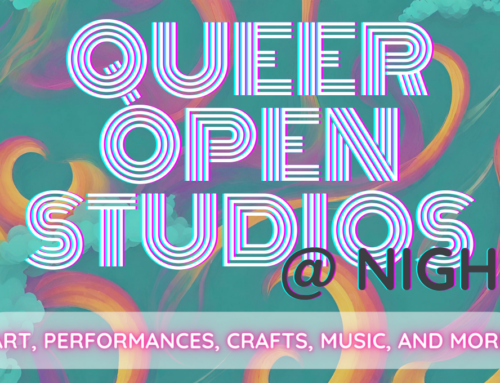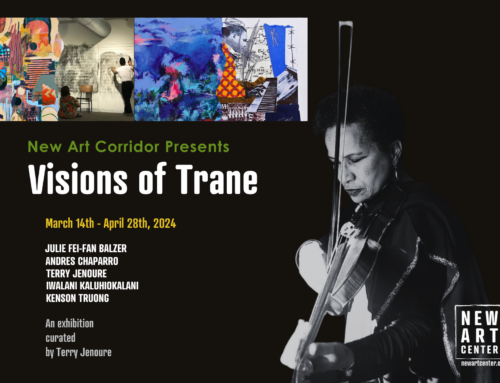1. How did you get into your field?
Like most kids, I took art classes in school and enjoyed it. My mother used to draw and paint and I think she would have pursued art beyond high school if she had more financial resources. She married my dad and started a family in Detroit. I remember admiring her small paintings. She recommended I go to Cass Tech High School, which was known for producing artists of all types, performing, fashion and visual arts. From there I went to Parsons School of Design to study Illustration and Photography, later working for a number of non-profit arts organizations. I went back to graduate school at New York University and focused on digital media. I have been very fortunate to be in New York City at the time I was there, with so many types of art and artists passing through. It was quite the learning experience.
2. Who or what were influences to your growth as an artist?
Living in different cities has definitely had an influence on me. Coming from Detroit, there is a working class grit and determination that comes from the place. New York City is evolving for every generation that passes through it. Being able to see art and artists I only knew from books is always wonderful. Living in southern California at the edge of the Mojave Desert for 15 years gave me an appreciation of climate, flora, constellations and landscape that I had not considered previously. Circling back home for a stint in Detroit, then to New Haven and Boston as a newcomer challenges me to look deeper, consider things fresh. I love it.
3. What does teaching / facilitating access to art experiences mean to you?
Much of my identity has been as a visual artist. At the same time, to pay my way, I needed to work, so I chose non-profit art centers. Doing this work across the country has built my appreciation of what education teams alongside curators can do to provide access and a range of experience. I’ve tried to think about diverse perspectives, innovative approaches, and under-represented audiences. It’s something I care deeply about. While teaching does take away from my time making artwork, it has also informed it. I embrace being collaborative and participatory, rather than solitary in studio practice – where I get to share and learn at the same time.
4. What is something you would tell someone considering going into the arts?
When I was young, it was about going into the arts. Now it’s about how the arts come out of you. My current exhibition INTERCESSION is only possible by my growing over the years in an ability to trust myself, what I see, what I believe needs to be said, and seen. It took time. While I would have wished the path over the years was clearer and straighter, I am humbled that I have been able to create art and new family in so many places. I think it is because I’ve been open to starting over, again and again – being curious about what’s right in front of me. Right now I’m focused on time. So, making a video installation is no different from cultivating sunflowers in my garden or making dinner in my kitchen.
We’ll be highlighting staff and faculty artists through out the year. Reggie Woolery curated the current exhibition, Intercession, now at the New Art Corridor and is the Director of Education at New Art.



